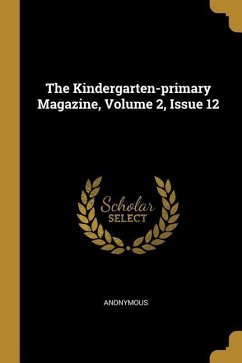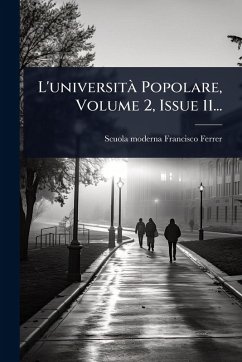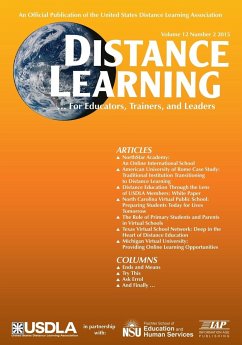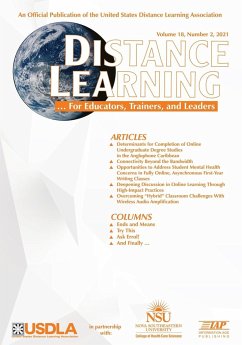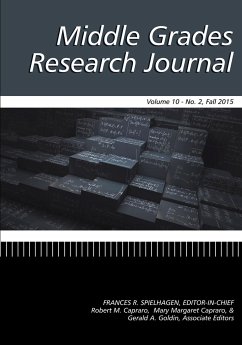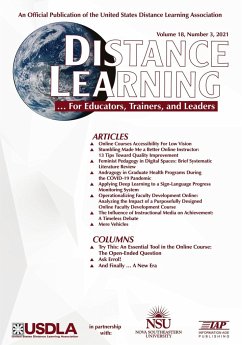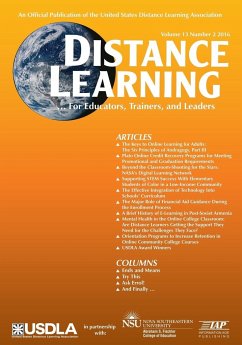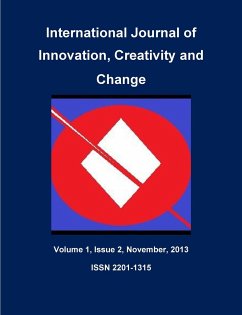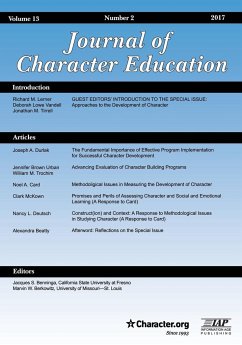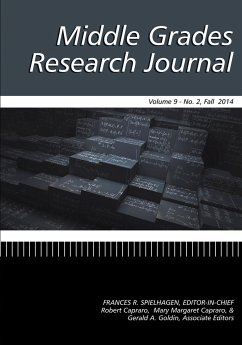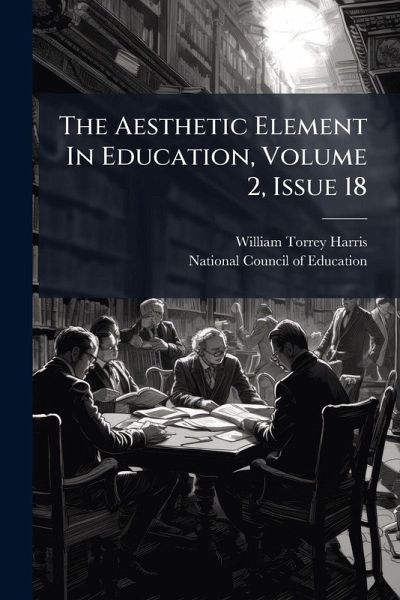
The Aesthetic Element In Education, Volume 2, Issue 18

PAYBACK Punkte
7 °P sammeln!
"The Aesthetic Element In Education, Volume 2, Issue 18" delves into the crucial role of aesthetics in shaping educational practices and intellectual growth. Authored by William Torrey Harris, in collaboration with the National Council of Education, this volume explores how aesthetic principles can be integrated into curriculum development to foster a more holistic and enriching learning experience. The book examines the philosophical underpinnings of aesthetics, highlighting its significance in cultivating critical thinking, creativity, and emotional intelligence among students. Through insig...
"The Aesthetic Element In Education, Volume 2, Issue 18" delves into the crucial role of aesthetics in shaping educational practices and intellectual growth. Authored by William Torrey Harris, in collaboration with the National Council of Education, this volume explores how aesthetic principles can be integrated into curriculum development to foster a more holistic and enriching learning experience. The book examines the philosophical underpinnings of aesthetics, highlighting its significance in cultivating critical thinking, creativity, and emotional intelligence among students. Through insightful analysis and practical recommendations, this work advocates for a balanced educational approach that recognizes the importance of both intellectual and aesthetic development. It remains a valuable resource for educators, policymakers, and anyone interested in the intersection of philosophy, aesthetics, and education. This work has been selected by scholars as being culturally important, and is part of the knowledge base of civilization as we know it. This work was reproduced from the original artifact, and remains as true to the original work as possible. Therefore, you will see the original copyright references, library stamps (as most of these works have been housed in our most important libraries around the world), and other notations in the work. This work is in the public domain in the United States of America, and possibly other nations. Within the United States, you may freely copy and distribute this work, as no entity (individual or corporate) has a copyright on the body of the work. As a reproduction of a historical artifact, this work may contain missing or blurred pages, poor pictures, errant marks, etc. Scholars believe, and we concur, that this work is important enough to be preserved, reproduced, and made generally available to the public. We appreciate your support of the preservation process, and thank you for being an important part of keeping this knowledge alive and relevant.



